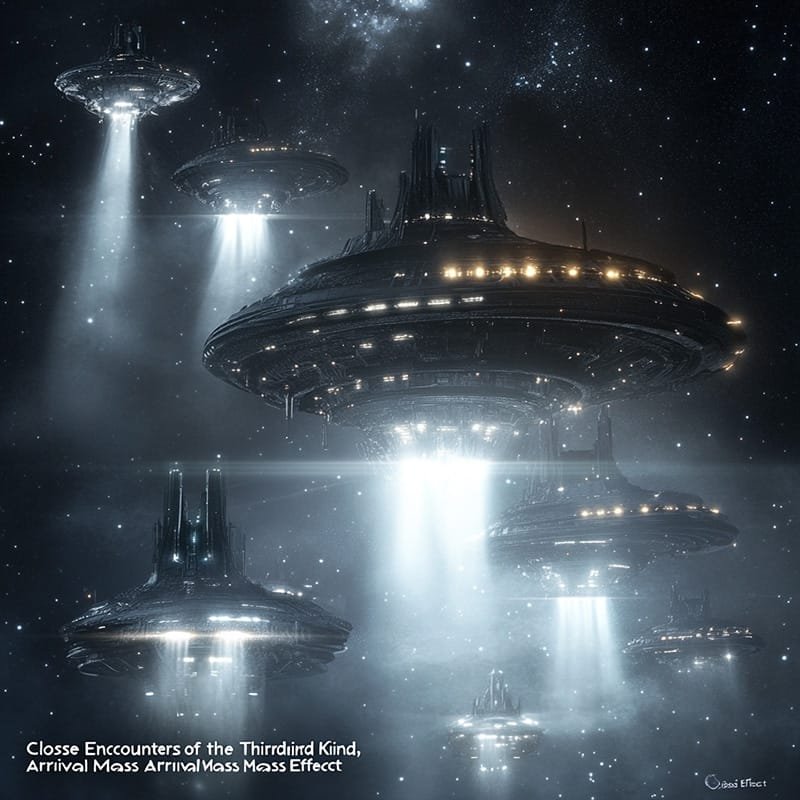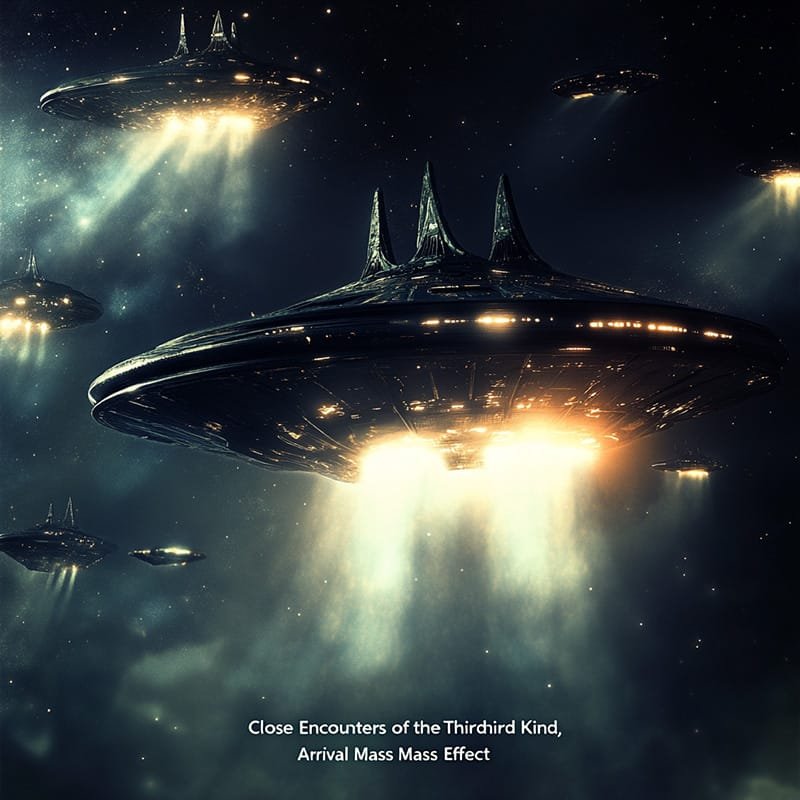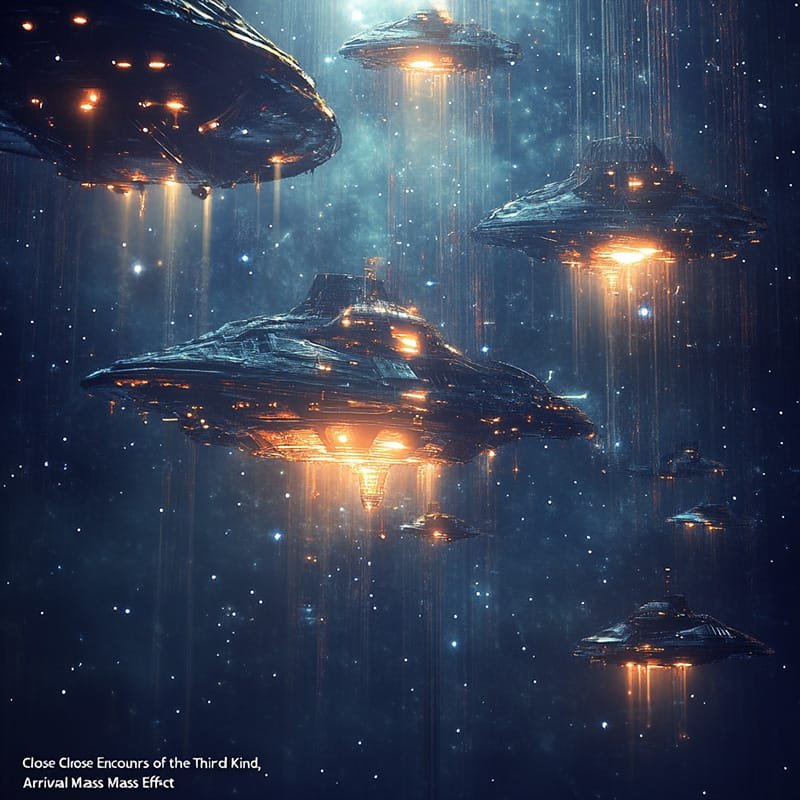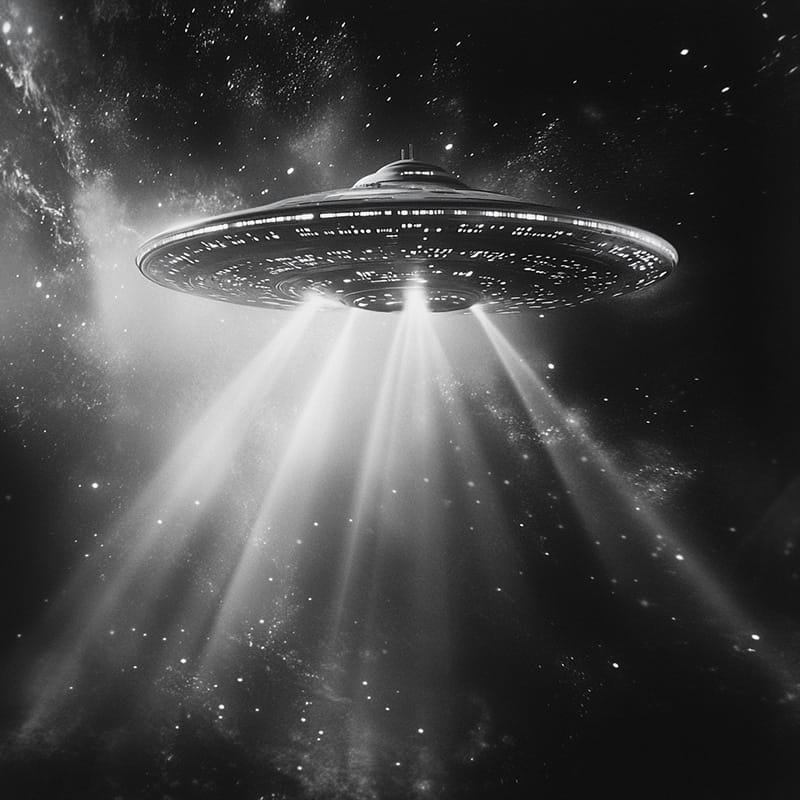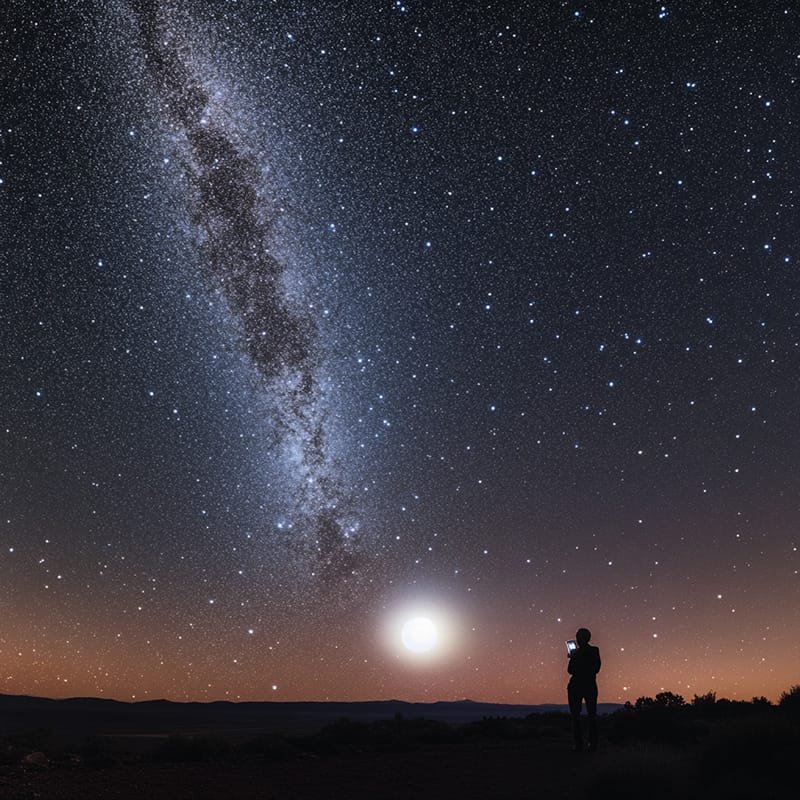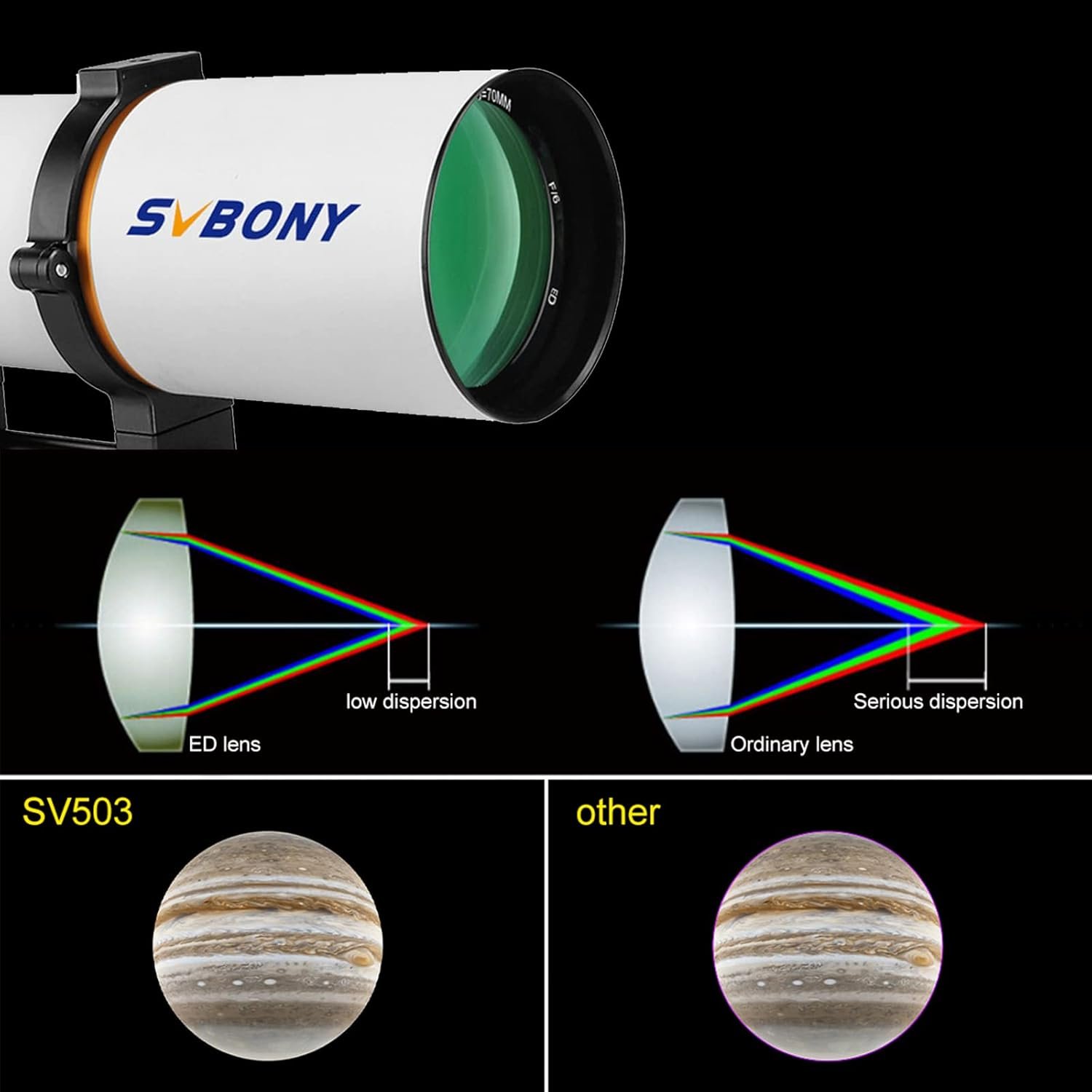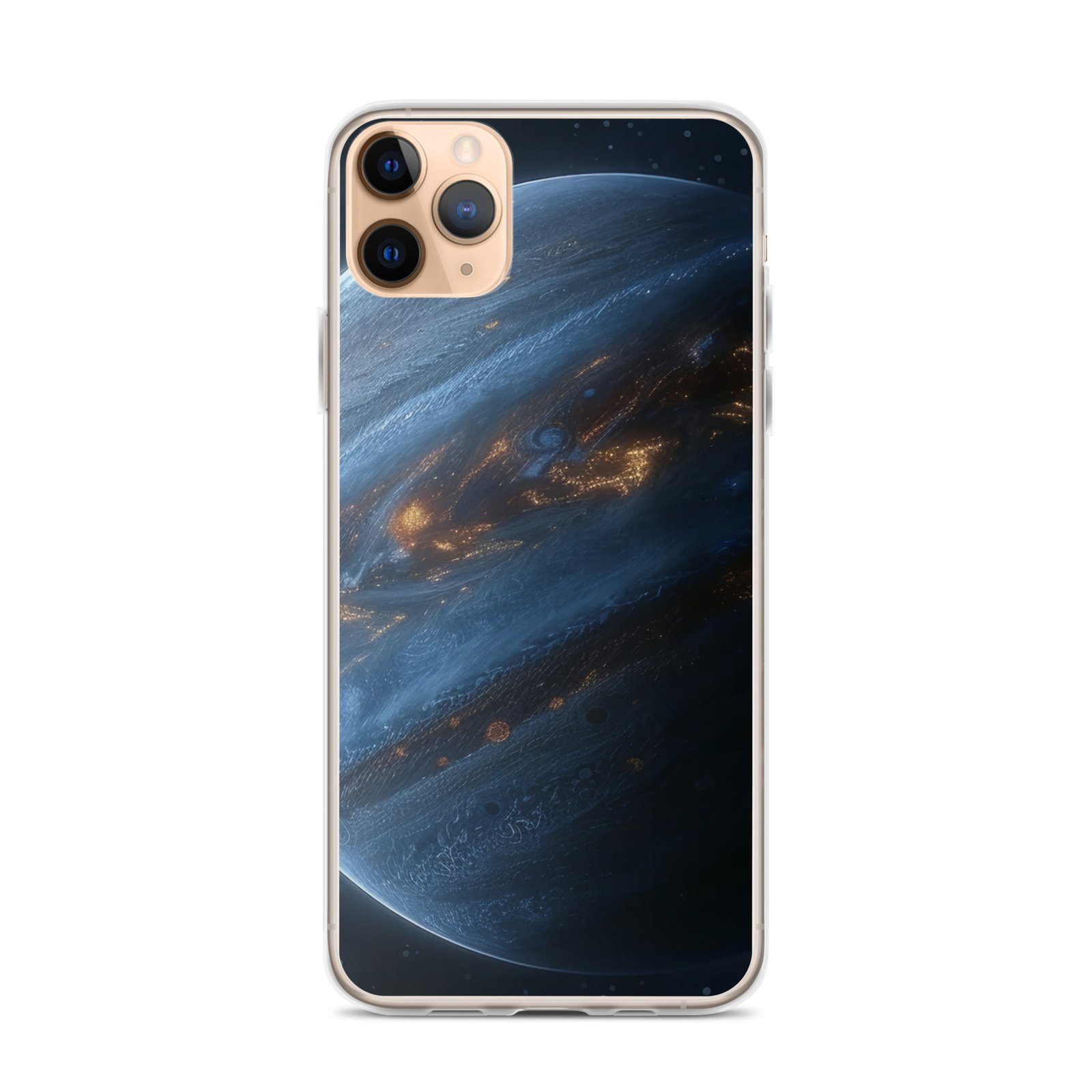Explore the mystery of alien ships! Discover scientific theories, historical sightings, and their impact on popular culture. Click to learn more!
Key Takeaways:
- Alien ships are central to science fiction, reflecting humanity’s curiosity and fears about extraterrestrial life.
- Scientific theories like the Extraterrestrial Hypothesis (ETH) and Fermi Paradox explore the plausibility of alien spacecraft.
- Historical UFO sightings, government investigations, and modern research continue to fuel public fascination with alien ships.
- Recent advancements in SETI and Pentagon reports highlight ongoing efforts to understand unidentified aerial phenomena (UAPs).
The mystery of alien ships has long intrigued humans, bridging the gap between imagination and scientific inquiry. From captivating representations in films and games to real-life government investigations into UFO sightings, alien ships remain a topic that sparks curiosity across generations. This article delves into their portrayal in science fiction, scientific theories, and documented encounters, offering a comprehensive overview of this fascinating subject.
Alien Ships in Science Fiction and Popular Culture
For decades, alien ships have been a cornerstone of science fiction, serving as a lens through which humanity explores its curiosity about the unknown. In these stories, alien ships are often depicted as technologically superior, mysterious, and awe-inspiring.
Iconic Representations of Alien Ships
- Arrival (2016): This thought-provoking film introduces alien ships as massive, oval-shaped crafts hovering silently above Earth. Their enigmatic design and absence of visible propulsion capture the idea of advanced extraterrestrial technology. The movie explores themes of communication and mutual understanding between humans and extraterrestrials.
- Close Encounters of the Third Kind (1977): Steven Spielberg’s classic film popularized the concept of motherships with its colossal, city-like alien craft. Its dazzling light displays and innovative design reflect the advanced intelligence of its alien creators.
- Mass Effect Franchise: This video game series portrays alien ships, especially the Reapers, as part machine, part living entity. These enormous vessels exemplify extraterrestrial dominance, capable of interstellar travel and destruction. Their design blends organic and mechanical traits, symbolizing their dual nature.
Themes and Symbolism in Alien Ship Depictions
Alien ships often represent themes beyond their physical presence. They symbolize:
- Exploration: Humanity’s desire to traverse the cosmos and discover the unknown.
- Freedom and Fear: While alien ships inspire wonder, they also evoke fear of the unknown and potential threats.
- Communication: Many stories use alien ships to explore humanity’s challenges in interacting with vastly different civilizations.
Cultural Impact of Alien Ships
The portrayal of alien ships in media has shaped public perceptions of extraterrestrial life. Films, books, and games blend creativity with scientific plausibility, influencing how we imagine alien technology. Alien ships reflect societal aspirations, fears, and hopes, making them enduring symbols in popular culture.
Scientific Theories on the Existence of Alien Ships
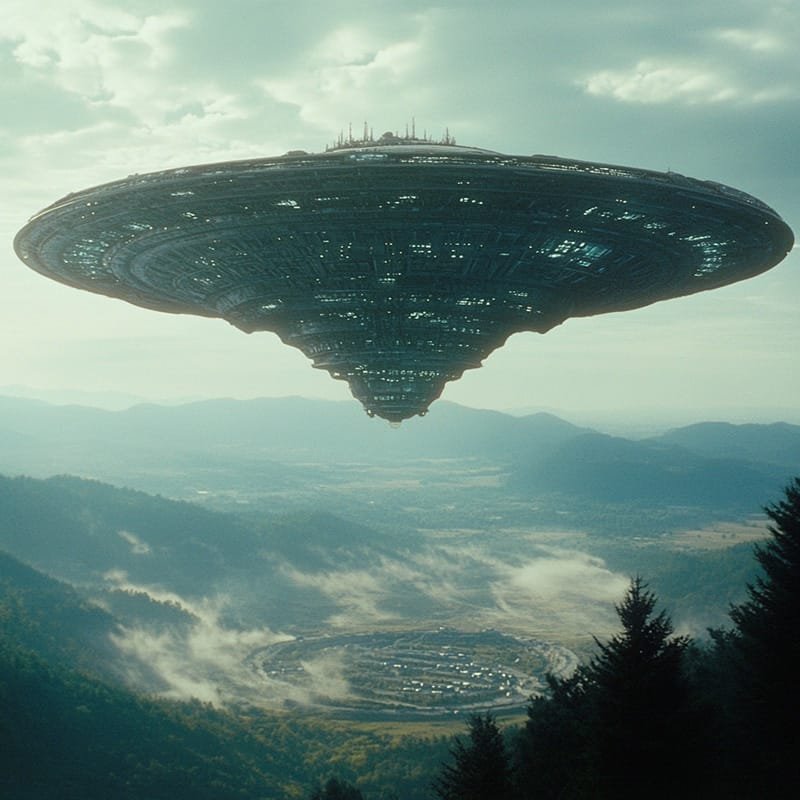
Beyond fiction, scientists and researchers have proposed theories to explain the possibility of alien ships. These theories range from logical hypotheses to mind-bending ideas.
1. The Extraterrestrial Hypothesis (ETH)
The ETH suggests that some unidentified flying objects (UFOs) are alien spacecraft originating from other planets. This theory has been a focal point in UFO research for decades, supported by unexplained sightings and reported encounters.
2. The Time-Traveler Hypothesis
What if UFOs are not alien ships but time machines? This hypothesis posits that these crafts could be operated by future humans who have mastered time travel. Dr. Michael P. Masters explores this idea, suggesting that UFO sightings might represent visits from humanity’s distant future.
3. The Fermi Paradox and Alien Silence
The Fermi Paradox questions why we have not encountered aliens, despite the vastness of the universe. Proposed explanations include:
- The Zoo Hypothesis: Advanced civilizations might be observing Earth from a distance, avoiding interference to let humanity develop naturally.
- The Dark Forest Theory: Civilizations may remain silent to avoid detection by potentially hostile aliens.
These theories imply the existence of alien ships, yet suggest they may be hidden or deliberately avoiding contact with us.
4. SETI and the Search for Technosignatures
The Search for Extraterrestrial Intelligence (SETI) focuses on detecting signals or evidence of alien civilizations. In recent years, scientists have expanded the search to include technosignatures, which are indicators of advanced technology, such as:
- Dyson Spheres: Hypothetical megastructures built around stars to harness their energy.
- Radio Signals: Projects like the COSMIC initiative scan the skies for short, high-energy signals that could indicate intelligent communication.
- Atmospheric Chemicals: Unusual compounds in exoplanet atmospheres might suggest industrial activity.
5. Scientific Skepticism
While some researchers embrace the possibility of alien ships, many attribute UFO sightings to natural phenomena, human-made objects, or psychological misinterpretations. Skeptics emphasize the lack of concrete evidence and stress the importance of rigorous scientific inquiry.
Documented Sightings and Government Investigations
Reports of alien ships have persisted for centuries, captivating the public and sparking debates about their authenticity.
Historical UFO Sightings
UFO sightings date back to ancient civilizations, with some accounts interpreted as evidence of alien ships. For example:
- Roman Times: Historical texts describe mysterious objects in the sky, interpreted by some as early UFO sightings.
- Roswell Incident (1947): Perhaps the most famous UFO case, the Roswell event involved claims of a crashed alien spacecraft in New Mexico. While officially dismissed as a weather balloon, it remains a focal point for UFO enthusiasts.
Government Investigations into Alien Ships
- Project Blue Book: From 1952 to 1969, the U.S. Air Force investigated over 12,000 UFO reports. While most were explained, a small percentage remained unidentified.
- Pentagon UFO Reports: In recent years, the U.S. government has declassified thousands of pages of UFO-related documents, including reports of physical effects like radiation burns. These revelations have reignited public interest in alien ships.
- Congressional Hearings (2023-2024): Recent hearings have discussed the potential existence of “non-human” pilots operating advanced crafts. The Pentagon’s 2024 report revealed over 1,600 UFO sightings, with some cases still unexplained.
Current Developments and Scientific Advances
The study of alien ships continues to evolve with advancements in technology and government transparency.
The All-domain Anomaly Resolution Office (AARO)
The U.S. Department of Defense established the AARO to investigate UFO sightings systematically. Their work focuses on:
- Cataloging and analyzing unexplained aerial phenomena (UAPs).
- Monitoring sightings near military bases for potential security threats.
SETI’s Expanding Efforts
Modern SETI initiatives use cutting-edge technology, like the Very Large Array (VLA), to scan the skies for signs of alien ships. These efforts demonstrate humanity’s commitment to uncovering the truth about extraterrestrial life.
The Ongoing Mystery of Alien Ships
The concept of alien ships continues to captivate both scientists and the general public. Popular culture fuels our imagination, while scientific research pushes the boundaries of what we might discover. Whether alien ships are real or remain confined to fiction, they inspire us to ponder our place in the universe.As technology advances, humanity’s search for answers grows ever more sophisticated. The possibility of encountering alien ships—whether through signals, sightings, or direct contact—remains one of the most thrilling frontiers of exploration.
